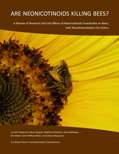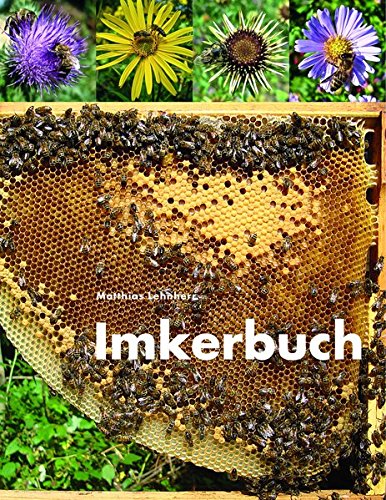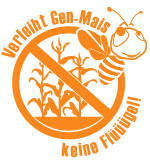Are Neonicotinoids Killing Bees?
 A Review of Research into the Effects of Neonicotinoid Insecticides on Bees, with Recommendations for Action
A Review of Research into the Effects of Neonicotinoid Insecticides on Bees, with Recommendations for Action
By Jennifer Hopwood, Mace Vaughan, Matthew Shepherd, David Biddinger, Eric Mader, Scott Hoffman Black, Celeste Mazzacano
A possible link between neonicotinoids and honey bee die-offs has led to controversy across the United States and Europe. Beekeepers and environmentalists have expressed growing concern about the impact of neonicotinoids, concern based on the fact that neonicotinoids are absorbed into plant tissue and can be present in pollen and nectar, making them toxic to pollinators.
This report details potential negative impacts of neonicotinoids insecticides to honey bees and other important pollinators. It also makes recommendations on how we can better protect bees.
Some of the major findings of the report include:
- Several of these insecticides are highly toxic to honey bees and bumblebees.
- Neonicotinoid residues are found in pollen and nectar consumed by pollinators such as bees and butterflies. The residues can reach lethal concentrations in some situations.
- Neonicotinoids can persist in soil for months or years after a single application. Measurable amounts of residues were found in woody plants up to six years after application.
- Untreated plants may absorb chemical residues left over in the soil from the previous year.
- Products approved for homeowners to use in gardens, lawns, and on ornamental trees have manufacturer-recommended application rates up to 120 times higher than rates approved for agricultural crops.
- There is no direct link demonstrated between neonicotinoids and the honey bee syndrome known as Colony Collapse Disorder (CCD). However, recent research suggests that neonicotinoids may make honey bees more susceptible to parasites and pathogens, including the intestinal parasite Nosema, which has been implicated as one causative factor in CCD.
- Many neonicotinoid pesticides that are sold to homeowners for use on lawns and gardens do not have any mention of the risks of these products to bees, and the label guidance for products used in agriculture is not always clear or consistent.
The report recommends that regulators reassess the bee safety of all neonicotinoid pesticide products, reexamine or suspend all conditional registrations until we understand how to manage risks, and require clear labels so that consumers know that these products kill bees and other pollinators.
The report also recommends that the US Environmental Protection Agency adopt a more cautious approach to approving all new pesticides, using a comprehensive assessment process that adequately addresses the risks to honey bees, bumble bees, and solitary bees in all life stages.
 Lehnherr, Mathias (8. Aufl. 2017) [1992]: Imkerbuch
Lehnherr, Mathias (8. Aufl. 2017) [1992]: Imkerbuch



